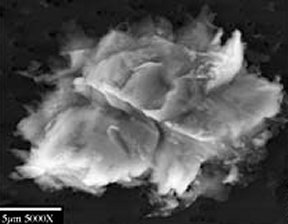This is an example of a microbe found at the South Pole.
Click on image for full size
Courtesy of NASA
Life at the South Pole?
News story originally written on July 14, 2000
Scientists discovered something that will have a big effect on our search for life on other planets.
Tiny microbes were found at the South Pole. These living organisms were thriving in the
harsh antarctic conditions. If these microbes can live here, then there is a chance
that similar organisms live in the cold regions of other planets, like Mars.
Scientists are amazed with the finding. Not only is it very cold at the South Pole, but large doses
of harmful radiation bombards the region. Not even this ultraviolet light can keep these little creatures from
surviving.
You might also be interested in:
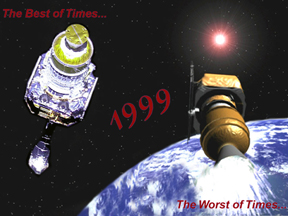
It was another exciting and frustrating year for the space science program. It seemed that every step forward led to one backwards. Either way, NASA led the way to a great century of discovery. Unfortunately,
...more
The Space Shuttle Discovery lifted off from Kennedy Space Center on October 29th at 2:19 p.m. EST. The weather was great as Discovery took 8 1/2 minutes to reach orbit. This was the United States' 123rd
...more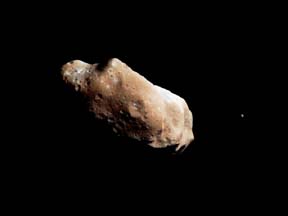
A moon was discovered orbiting the asteroid, Eugenia. This is only the second time in history that a satellite has been seen circling an asteroid. A special mirror allowed scientists to find the moon
...more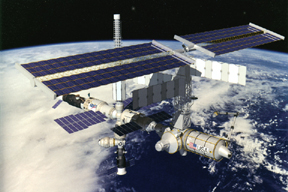
Will Russia ever put the service module for the International Space Station in space? NASA officials want an answer from the Russian government. The necessary service module is currently waiting to be
...more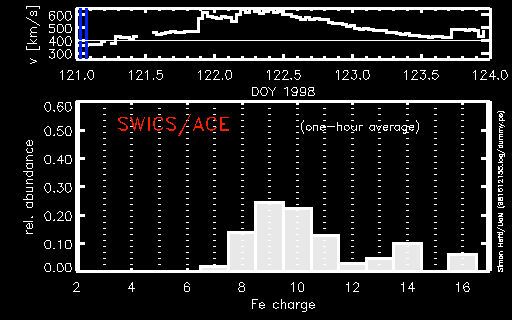
A coronal mass ejection (CME) happened on the Sun early last month. The material that was thrown out from this explosion passed the ACE spacecraft. The SWICS instrument on ACE has produced a new and very
...more
J.S. Maini of the Canadian Forest Service called forests the "heart and lungs of the world." This is because forests filter air and water pollution, absorb carbon dioxide, release oxygen, and maintain
...more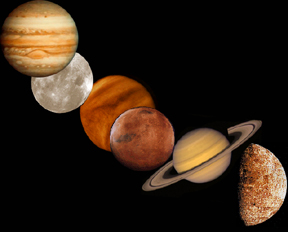
In late April through mid-May 2002, all five naked-eye planets are visible at the same time in the night sky! This is includes Mercury which is generally very hard to see. You won't want to miss this!
...more


